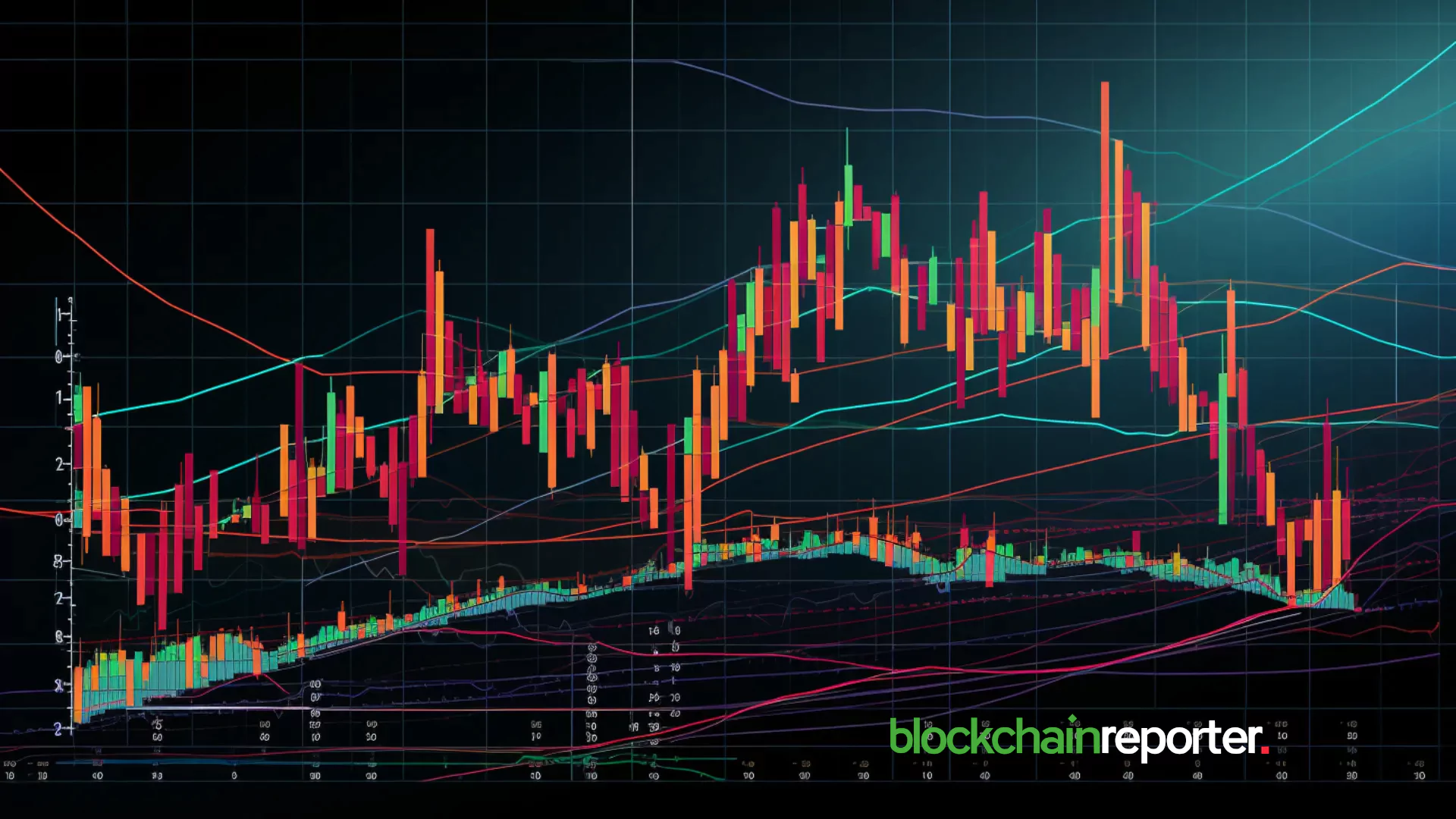Picture supply: Getty Photographs
Wow, what every week (and month) it’s been for shares. After hitting report highs in February, inventory markets have plunged on fears of a brand new commerce warfare. Even after Thursday’s (10 April) massive rebound, the FTSE 100 index is down 6.3% in every week and seven.6% over a month. In the meantime, the US S&P 500 has dropped 0.4% and 6.2% over these durations, respectively.
My household portfolio is closely weighted to US shares and UK shares, so it’s taken just a few exhausting knocks. Certainly, a few of our holdings have fallen to date and quick, I’ve been baffled by these current market strikes.
My greatest FTSE fallers
Earlier at present, I produced an inventory of the 20 greatest FTSE 100 fallers over the previous month. Alas, I discovered 4 of my household’s blue-chip holdings on this listing of laggards and losers. Right here they’re (sorted from greatest to smallest price decline over the previous month):
| Firm | Enterprise | Market worth (£bn) | One month | One 12 months | 5 years |
| Barclays | Financial institution | 37.6 | -19.1% | 27.9% | 147.6% |
| BP | Power | 55.4 | -19.5% | -35.6% | -0.8% |
| Glencore | Miner | 30.2 | -25.4% | -49.6% | 64.6% |
| Anglo American | Miner | 25.5 | -25.9% | -19.5% | 20.7% |
Two of those worst-hit shares are from the identical sector: mining. With Trump’s commerce tariffs predicted to trigger a worldwide financial slowdown, miners, oil & fuel, and banking shares have all taken a beating. Certainly, the broader listing of Footsie losers over one month is dominated by corporations within the monetary and commodity sectors.
After all, the explanation for the sharp declines in share costs is President Trump’s risk of hefty commerce tariffs on imports to the US. Sadly, the US has tried commerce/tariff wars of this sort earlier than — most notably in 1828 (the ‘Abomination tariffs’) and 1930 (Smoot-Hawley tariffs). Each contributed to lengthy, deep US recessions, together with the Nice Despair that started with the Wall Road Crash in October 1929.
And when the American economic system sneezes, different international locations often catch chilly, which is stoking fears of a possible world recession in 2024/25. Therefore the hunch in shares proper throughout the globe, lower than two months since inventory markets hit report highs.
I just like the look of Barclays
As talked about, my spouse and I personal all 4 of the stumbling shares above. I’m cautious of shopping for commodity-related shares within the present turmoil, so three of those slumpers should not for me proper now.
Nonetheless, I can’t see massive British financial institution Barclays (LSE: BARC) struggling savagely from US commerce tariffs. As I write (11 April), the Barclays share price stands at 258.4p, valuing the Blue Eagle financial institution at £37.1bn. At its one-year excessive, this inventory hit 316p, so it’s fallen steeply from this prime.
After this newest setback, this FTSE share trades on a a number of of simply 7.4 instances earnings, producing an earnings yield of 13.5% a 12 months. Thus, the financial institution’s dividend yield of three.3% a 12 months is roofed a juicy 4.1 instances by trailing earnings. To me, this presents an enormous margin of security, giving confidence that future money payouts might be comparable and even greater.
Then once more, nothing is for certain in monetary markets, together with future dividends. Additionally, if this stock-market swoon continues, Barclays’ investment-banking revenues may plunge. And a UK recession may carry mortgage losses and dangerous money owed. Even so, I’ve no intention of promoting this FTSE 100 inventory at present price ranges!







